Back in 2016, while we were restoring an 1880s Mississippi River skiff, we needed a second cordless drill/driver, so we could have one to drill pilot holes, and the other to drive screws. When I went to purchase the second drill/driver, I found a combo package from Kobalt that included a 24-volt impact driver. We were not sure exactly what it was used for, but when we found it could drive screws even better than the drill/driver, we were extremely pleased, and it has driven countless screws in the four years since then.
With the drill/driver we had been using to drive silicon-bronze screws into the skiff’s cypress, the driver bits tended to “cam out”—that is, strip out—and damage the soft bronze Frearson slots with disturbing regularity and at other times shear the screw’s shaft. We tried a variety of fixes, like waxing or greasing the screw, with poor results. Sometimes the drill drove screws right through a plank. Setting the clutch helped a bit, but variations in wood grain and density made for unpredictable results.
The impact driver spins the bit first; then when the resistance increases, a rotating weight inside the driver slips, stores energy in a spring, and then releases, creating an impact that rotates the driver bit and pushes it forward. The forward motion into the screw head greatly reduces the tendency of the bit to cam out of the screw slots. The mechanism gives the impact drive much more force, but doesn’t transfer any torque to the user, so it is easier to use for long periods of use. Impact drivers are loud when they switch to the impact mode, so be prepared for that and wear hearing protection.
While the impact driver has lots of power, more than enough to shear screws, the variable-speed trigger provides the operator with very good control for the depth of the screw. Our impact driver had the finesse to drive #6 and #8 marine stainless screws on 1/4″ (6mm) planks, where exact depth setting was critical. The impact driver also had the powerful yet controlled torque we needed when using long temporary screws with fender washers to pull plank sections together for scarfing or to set Dutchman patches tight for gluing.
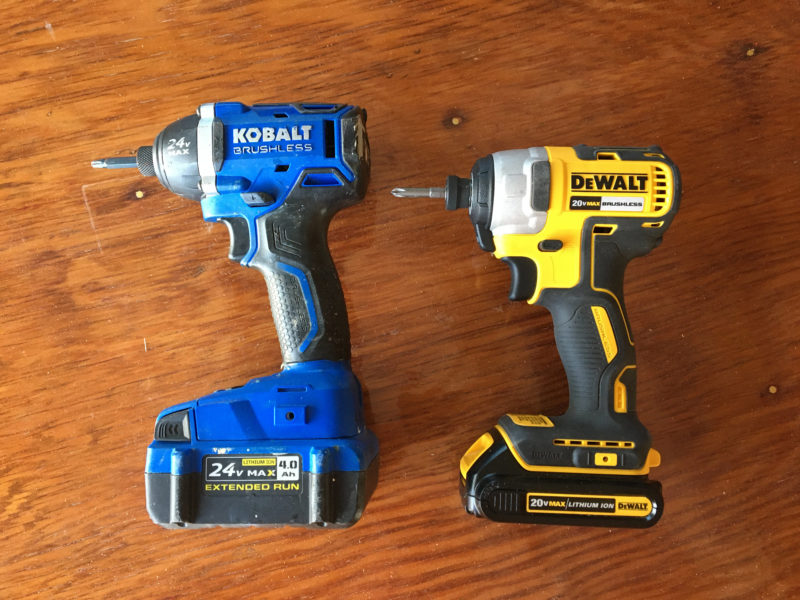 Kent and Audrey Lewis
Kent and Audrey LewisBoth the 24-volt Kobalt and the 20-volt DeWalt impact drivers have efficient brushless motors.
Recently we bought the DeWalt’s DCF787 20V impact driver, which is lighter and smaller than the Kobalt. Both tools have brushless motors, which are more efficient and use less power than brush-equipped motors, so our batteries last almost twice as long. Skipper likes the smaller DeWalt which weighs in at 2.1 lbs; it has nice balance and weight and it will fit into small spaces. The LED light on the head of the driver is also handy in remote corners. The DeWalt driver has a no-load speed of up to 2,800 rpm and drives screws with up to 3,200 impacts per minute and a maximum torque of 1,500 inch-pounds. It is a “smart tool” that senses reduced loads on soft materials and decreases demand on the motor, and provides only the required power.
The Kobalt has a “finish” function that shuts down the driver after the impact mode has been activated (for one second in order to prevent overdriving the screw), but we found this reduces our control of the tool. The Kobalt has a no-load speed up to 2,700 rpm and can deliver 3,500 impacts per minute and 1,800 inch-pounds.
Impact drivers are useful additions to the tool kit for boatbuilding, woodworking, and household jobs. They offer power and control and, by stripping fewer screws, they’ll reduce the need to resort to salty language. ![]()
Audrey and Kent Lewis mess about with their fleet of small boats in the shoal waters of Northwest Florida. Their adventure log can be found at Small Boat Restoration.
Editor’s Notes
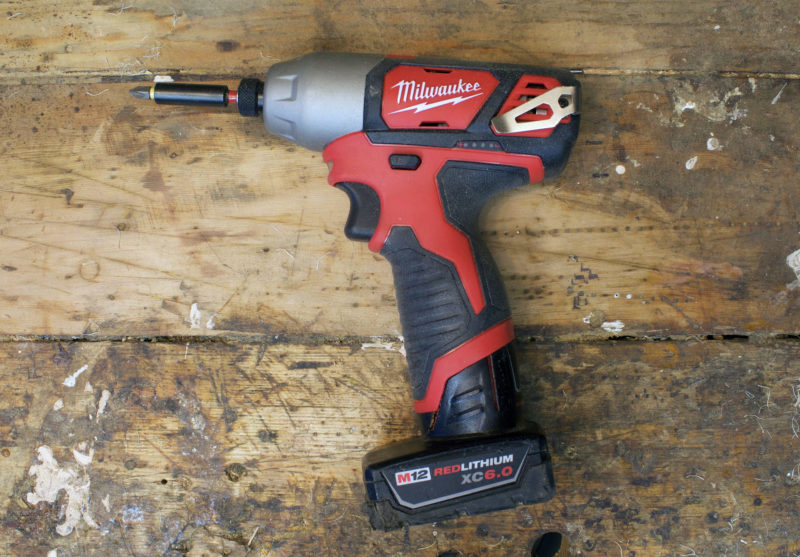
This Milwaukee 12-volt impact driver has a brushed motor.
I had never used an impact driver until I had edited this article and bought one. Actually I thought I’d bought one, but it was just a driver that looked like an impact driver but without the impact. It was a good complement to my drill driver, so I didn’t send it back. Paying a little more attention to my shopping, I did buy an impact driver, tool only, that used the 12-volt batteries and charger that I have for my Milwaukee drill/driver. The Milwaukee 12-volt impact driver won’t provide the power that the Lewises have with their brushless 20- and 24-volt impact drivers. They put the power to good use driving screws through 500 square feet of 2×6 decking along their waterfront bulkhead, but I’m content having a lighter-duty impact driver. A brushed-motor version is much less expensive, and while it isn’t said to be as efficient or as long lasting as a brushless motor, my first cordless tool, a Makita drill/driver, had a brushed motor and did all I asked of it and lasted around 20 years.
Even my less powerful Milwaukee makes a lot of noise and I won’t use it without hearing protection. The noise suggests that an impact driver is a brutal tool, but I was surprised by how much control it offered and impressed how well seated the driver bits stayed. My drill driver has cammed out of a lot of screws and ruined their slots in the process. The impact driver hasn’t done that yet, even when driving a 2″ brass #7 screw without a pilot hole. It won’t stop driving automatically because it doesn’t have a clutch, but I can watch the screw head come home and stop when it’s where it belongs. It’s going to be a very useful, often-used tool. Keeping up with the Lewises hasn’t disappointed me yet.
All of the impact drivers here are available from home-improvement centers and online retailers.
Is there a product that might be useful for boatbuilding, cruising, or shore-side camping that you’d like us to review? Please email your suggestions.
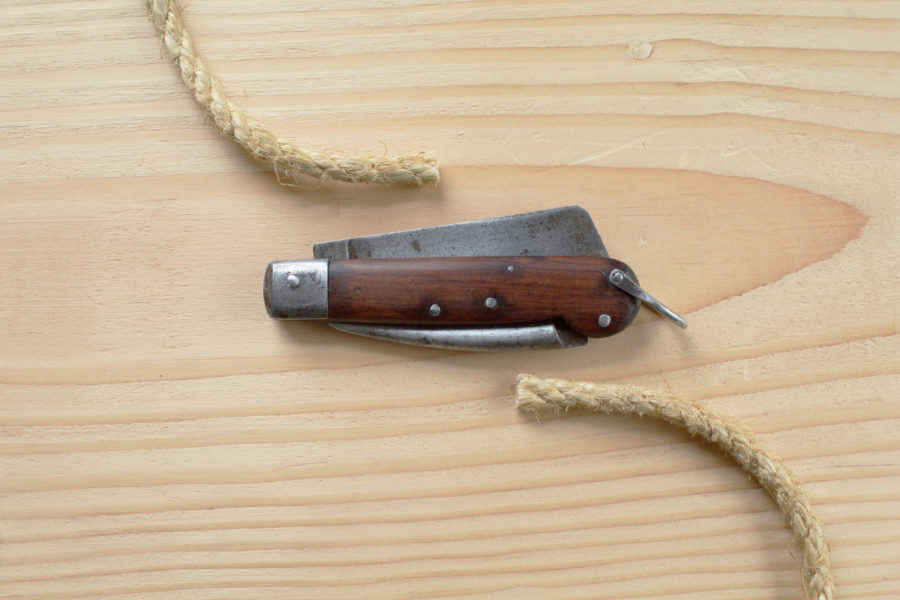
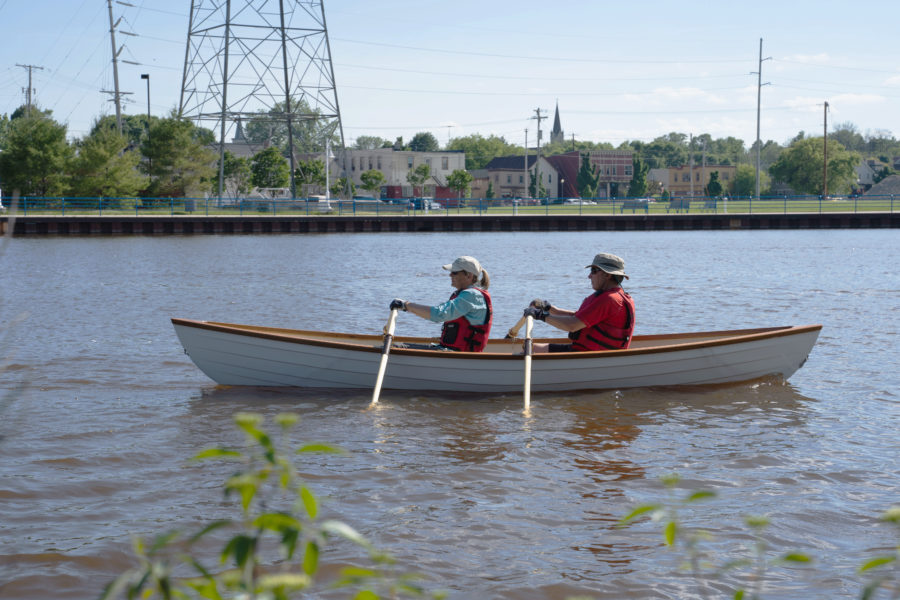
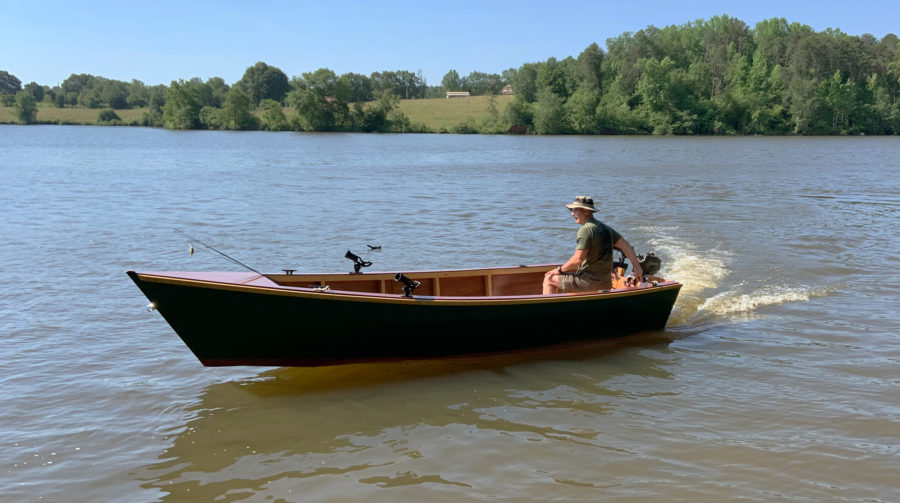
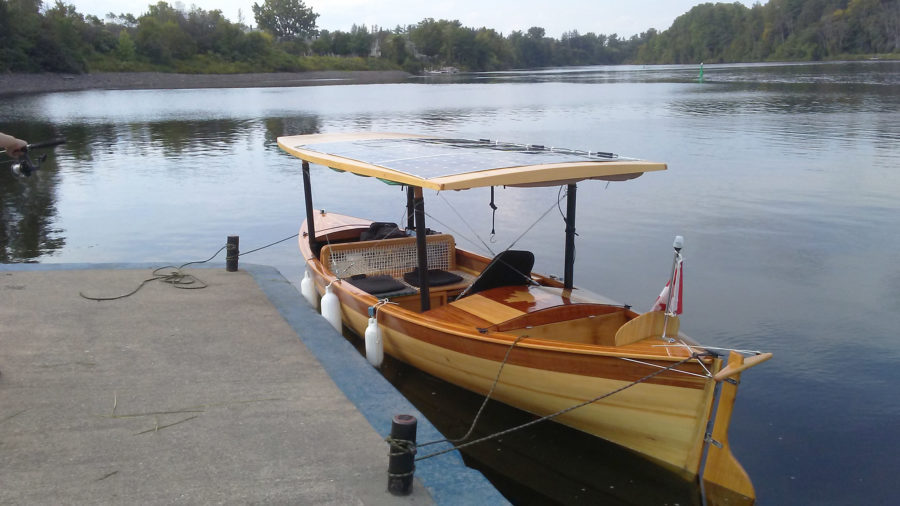
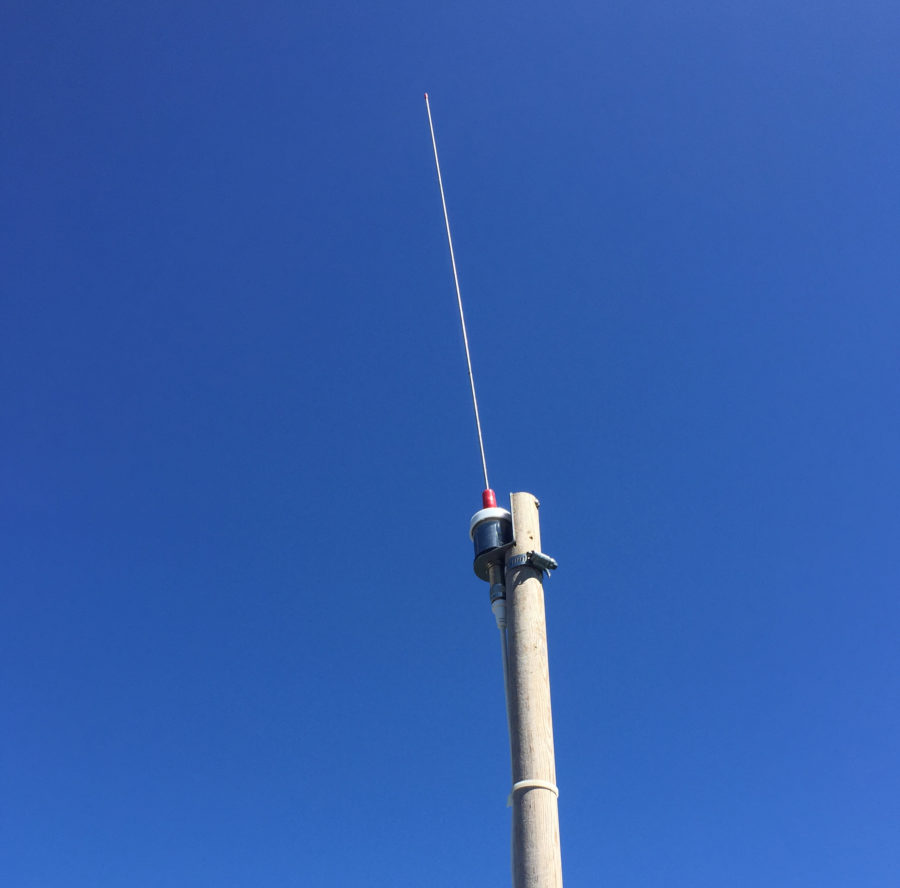
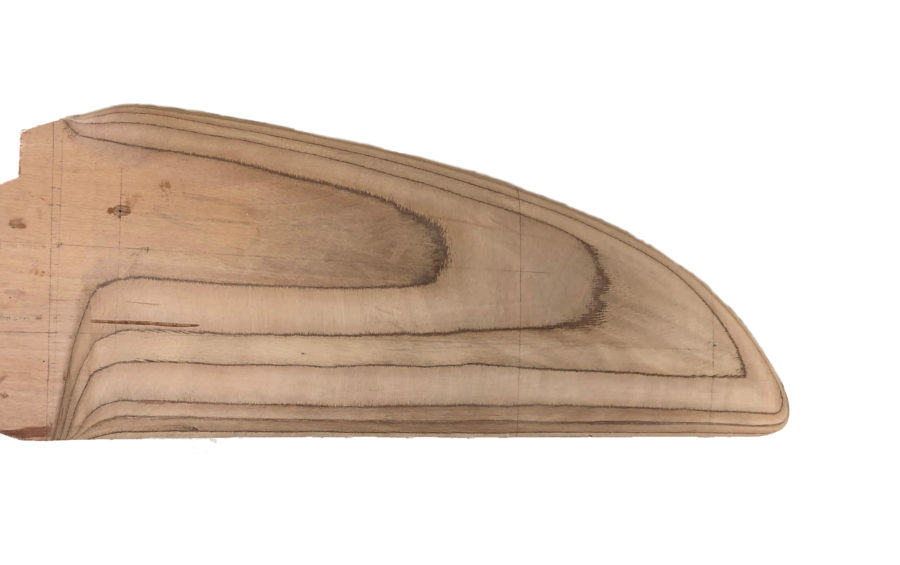
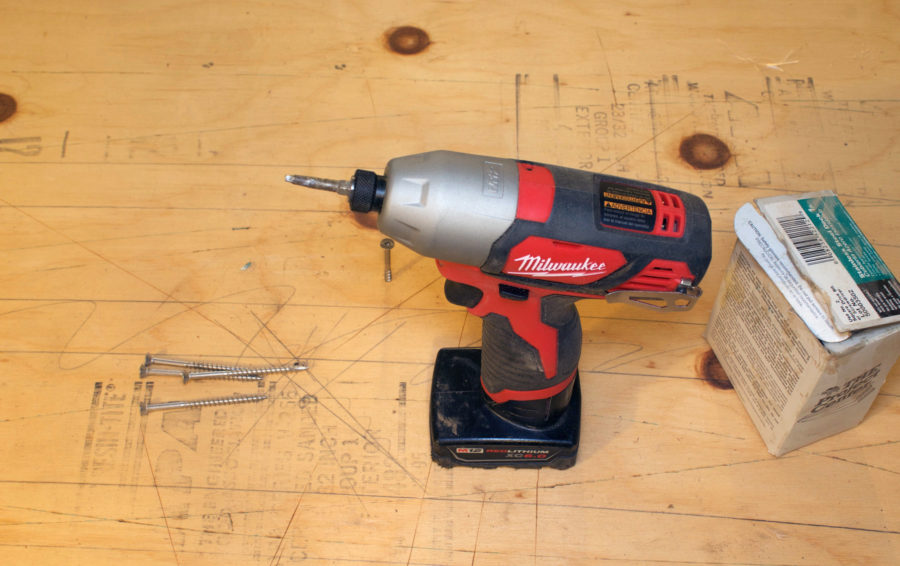
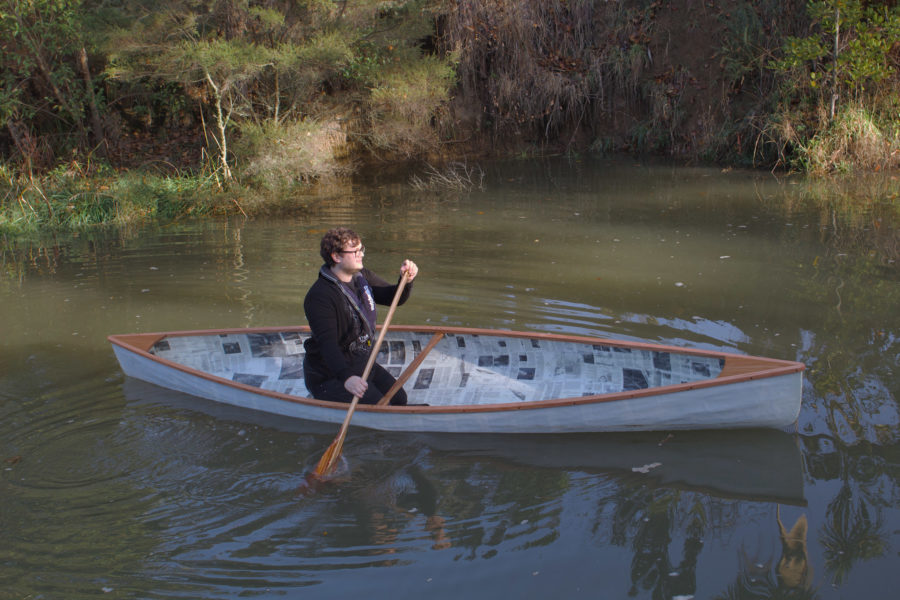

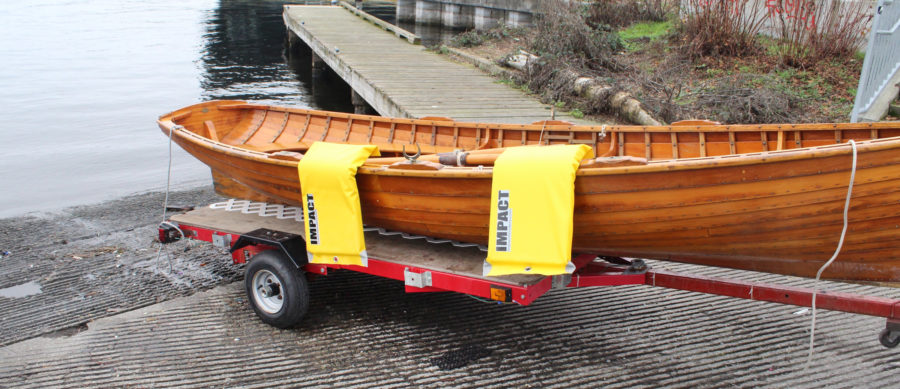
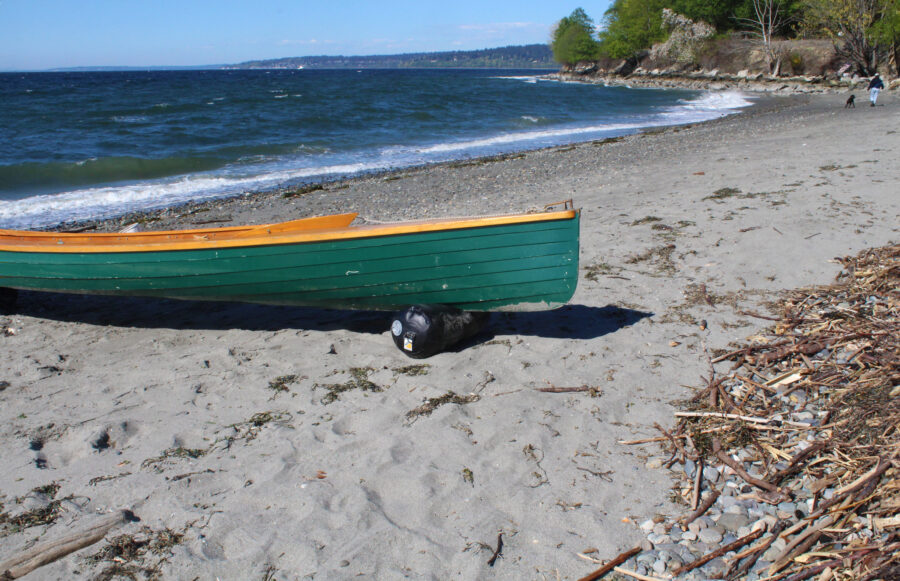
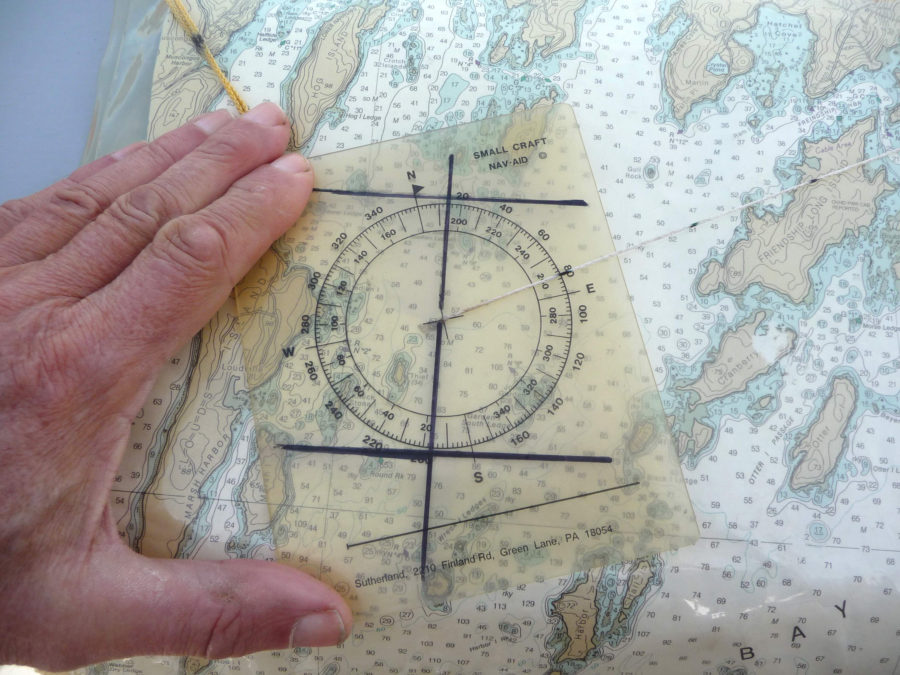
I have a really nice collection of screw drivers l rarely use. I also have 5 cordless drill/ drivers which get regular workouts, my standby being my Makita drills. For really serious hand drilling like using a large hole saw, l still rely on a corded drill or the drill press.
As long as you have a battery in the charger, cordless drills are a dream.
As to screws, I use either Robertsons, square drives, or GRK’s. The latter are a dream to use but are expensive.
Cheers,
R
Interesting. I got tired of stripping the heads of phillips screws so have converted to stainless torx-headed screws. Once a bit is locked into one of these nothing slips.
I have a DeWalt 12-volt drill/driver and impact driver set. I have used them regularly for the past 2-3 years and they work very well. The 12-volt version is a bit smaller than the 20-volt DeWalt set, so it is handier for the type of boat work that I do. I haven’t noticed any lack of power issues with the lower voltage set, even when driving 4″-6″ construction lag screws while building raised flower beds for my wife. The battery charge might not last as long as a 20-volt doing the same work, but I have charged backup batteries ready to go, so no problems there.
Bill
The amp hour battery size definitely makes a difference. The 1ah 20V battery lasts nowhere near as long as the 5ah. The 5ah battery is bigger, so we select the battery based on how much work we are doing and also what size space we are working in. Like you, Skipper likes the smaller drills that fit her hand better.
On a side note, Skipper is the one who introduced me to driving screws vs pounding nails about 25 years ago. She did a lot of theater set construction and tear down, they never used nails. She brought her own cordless so that someone else got stuck sweeping 🙂
The analogy I make when introducing someone to an impact driver is this: you drive a nail in with repeated blows of a hammer. Driving a screw with a drill is like standing on a nail to drive it in. The impact driver is like the hammer driving the nail. We used to struggle to get 4” screws into hardwood, then I bought a Sears 14-volt almost ten years ago, and used two fingers on the same screw to sink it well below the surface.
Also, Phillips heads are really terrible in general. Square for stainless (the heads are tapered, so they stick on the driver, the closest you can get to a magnetic tip), Torx for everything else.
Greg Watson,
Is square in stainless even better than Torx in stainless? Also, does anyone have the definitive answer to whether square drive is exactly the same as Robertson drive?
1) There is a drive for every screw and a screw for every drive. Our experience with both on pressure-treated lumber/saltwater deck was that the square drive had a better initial fit but it slipped more due to its small size and depth of the head. Possible because it has a small taper. There are tradeoffs, the stainless square drive screws that we bought were not as hard of a metal as the star (Torx) drive deck screws. We tried a couple of boxes of marine stainless square drive but switched back to Grip Tite star drive. Many folks touted the longevity of “stainless” in the marine environment but we found that after several years we could still remove good old star drive deck screws, while the stainless we bought from our local marine construction store were more rusted or stripped. Both suffered corrosion from salt and the sub-optimal application in water-contact-rated, pressure-treated wood.
All that said, several reputable boat builders we know like silicon-bronze square-drive screws over Phillips, Frearson or slotted screws. I haven’t seen “Torx” (star) in bronze. Old Schoolers will tell you to use slotted screws with a ratcheting brace bit, selfishness on their part as the slot is easiest for them to clean out when they are doing repair and restoration. Also there is more control when working with softer metal screws like bronze, nothing more fun that trying to dig out a sheared screw from a beautiful plank.
2) Robertson appears to have invented the square drive with taper, and from a short google search we would surmise that your mileage with a square drive that was not a “Robertson” would vary. Terms get used interchangeably, like star and Torx.
3) Depending on what material you are trying to fasten and whether above or below the water line, continuous immersion or a lightly used day sailer, and your budget, there are optimum combinations of drives and different fastener materials.Send us a note here in the comments and we can help track down the right tool and material.